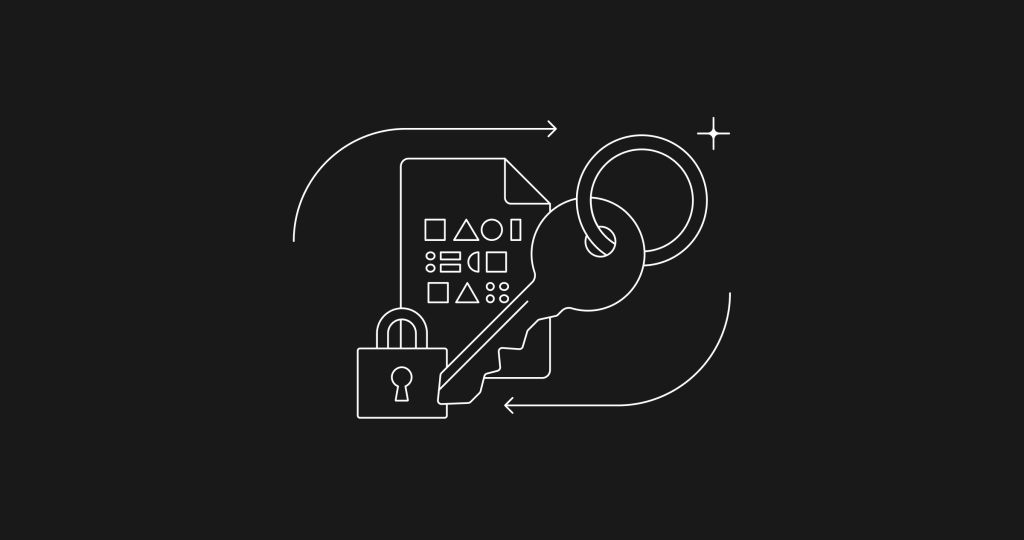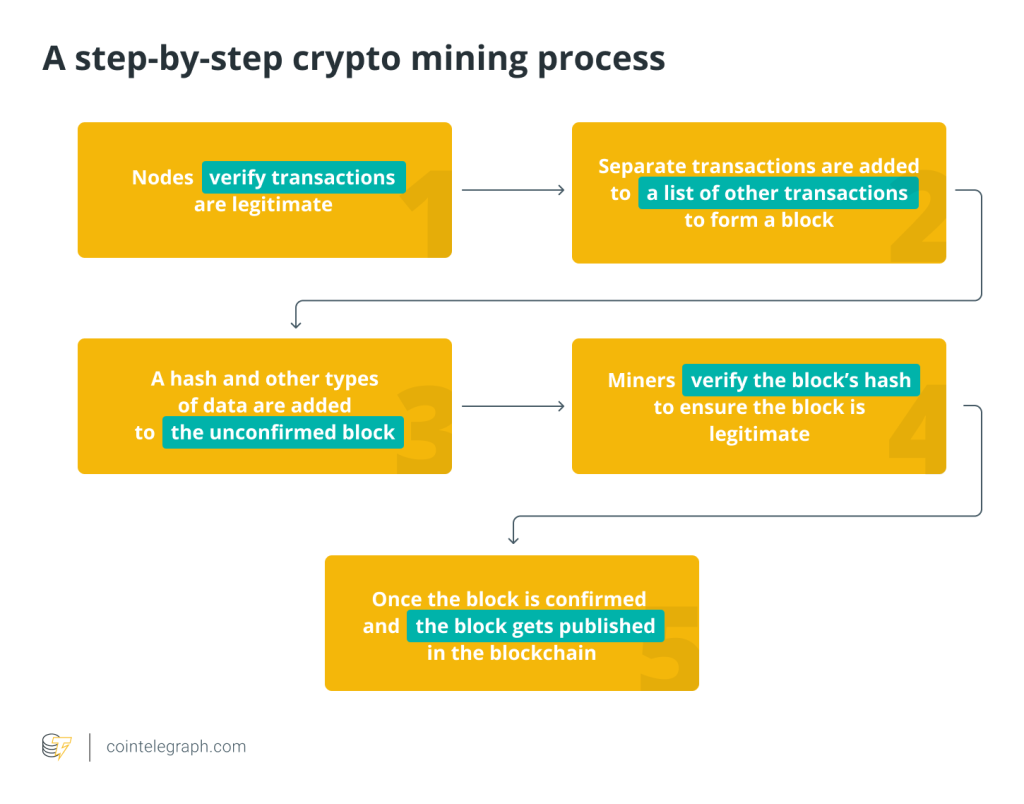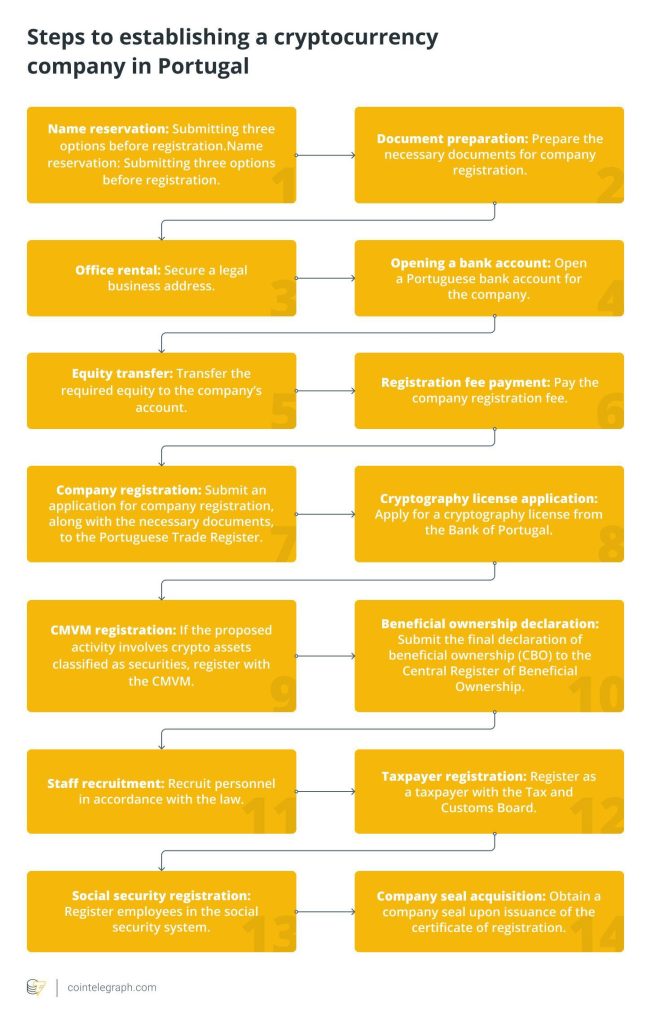What is cryptocurrency custody and why does it matter?


The digital revolution in finance, fueled by the rapid rise of cryptocurrencies, brings both unprecedented opportunities and an array of security challenges. As individuals and institutions increasingly engage with digital assets, robust protective measures are important.
The advent of cryptocurrencies hasn't only disrupted traditional financial paradigms, it's also ushered in a new era of security challenges. With decentralization and security inherent in digital transactions, the need to safeguard crypto assets like Bitcoin (BTC), Ethereum (ETH), and Solana (SOL) becomes paramount. Enter the concept of crypto custody — a solution to help address the evolving security needs of cryptocurrency users.
In this guide, we’ll discuss everything crypto custody: what it means, why it plays a pivotal role in securing your digital assets, and the different options available.
Get started
Understanding crypto custody: safeguarding digital assets and cryptographic keys
Custody in the context of cryptocurrencies refers to a digital asset management solution that supports the safe storage and security of sizable digital currency holdings. Like financial institutions that secure your traditional monetary assets, crypto custodial services protect your digital assets from theft and unauthorized access.
Crypto custody involves the secure storage and management of digital assets while safeguarding private keys — the indispensable components of crypto wallets. These intricate alphanumeric combinations serve as cryptographic passwords, granting access to an individual’s cryptocurrency holdings.
Public keys, meanwhile, are alphanumeric codes designed to streamline the process of receiving funds from others. They can be likened to a bank account number, email address, or username, as they can be shared with anyone.
Unlike their traditional counterparts, digital asset custodians don’t technically store the assets themselves. Instead, they serve as guardians of users’ private keys. This evolution underscores a profound shift from securing physical assets to prioritizing the protection of cryptographic keys on the blockchain’s transparent ledger.
Hot vs cold storage in crypto custody
There are two main categories when securing private keys — hot and cold storage:
Hot storage solutions
This involves self-custody solutions connected to the internet, and it offers more accessible liquidity. These software-based wallets provide convenient and immediate access to your cryptocurrency funds and can even engage with cryptocurrency exchange platforms and decentralized applications (DApps). While convenient, users should exercise caution with hot wallets due to their internet connectivity, which makes them more susceptible to cyber-attacks.
Cold storage solutions
This involves hardware wallets or paper-based solutions that store private keys offline, providing an extra layer of security against online threats. Transactions executed through cold storage are locally signed, significantly reducing the risk of hacks. Cold wallets are particularly suitable for long-term storage and safeguarding significant amounts of cryptocurrency.
The safeguarding of private keys is influenced by the chosen custody method and storage choices. Choosing between these alternatives hinges on your individual risk tolerance, usage patterns, and preferences.
Why crypto custody matters: protecting assets and building trust
Crypto custody plays a dual role, serving as a robust shield against security threats while fostering trust within the digital asset ecosystem. It's essential for individuals and institutions who want to store their digital assets securely. The decentralized nature of cryptocurrencies means that users are solely responsible for safeguarding their private keys, which are required to access and transfer their funds. This responsibility can be overwhelming, especially considering the increasing sophistication of cyber attacks.
Alongside cybersecurity concerns, storing cryptocurrencies securely involves protecting against physical threats like fire, flood, or theft. Given the potential value of digital assets, the consequences of losing access to one’s crypto holdings can be financially devastating. Therefore, individuals and businesses often turn to third-party crypto custodians to maintain the safety of their digital assets.
What are the different types of crypto custody storage solutions?
Self-custody
Self-custody, often termed “non-custodial,” grants individuals absolute control over their cryptocurrencies by allowing them to manage their private keys personally. Its primary advantage is the unparalleled level of control, which removes the reliance on a third party.
This approach aligns with the belief that cryptocurrencies, especially decentralized ones like Bitcoin, empower individuals with unparalleled financial independence. When you own cryptocurrency, you maintain complete control over securing and managing your assets. Conversely, third-party custodians, like crypto exchanges, control private keys when entrusted with custody, exposing assets to regulatory restrictions and security risks. The motto “not your keys, not your coins” underscores the importance of retaining personal control in the self-custody movement.
However, this autonomy comes with a critical caveat — if you lose your private keys, you lose access to your assets without the possibility of recovery. Misplacing private keys, akin to losing a physical wallet, means no recovery option, and funds become irretrievable.
Partial custody
Partial custody, often called “shared custody,” bridges the gap between independent self-custody and complete reliance on third-party custodians. Within this framework, users are responsible for securing their assets with a trusted third-party, typically a crypto custody service provider.
This collaborative setup grants the user and the custodian access to private keys, providing a safety net for potential key loss by enabling asset recovery through the custodian. However, this arrangement also introduces a potential risk factor. If the custodian’s security measures are compromised, it threatens the safety of the user’s assets.
The core principle of partial custody involves splitting the responsibility for safeguarding private keys between multiple parties. This model is helpful in joint accounts where several individuals need access to the same cryptocurrency holdings.
Partial custody solutions employ innovative technologies like multi-signature (multisig), secure multiparty computation (MPC), and two-factor authentication. These advancements broaden the spectrum of partial custody, providing users with varied options that cater to individual preferences and requirements in managing and securing their digital assets.
Third-party custody
Third-party custodians are when service providers assume the responsibility of storing digital assets on behalf of users. Ideal for institutional crypto custody, this approach offers institutional-grade security, insurance, and flexibility.
However, entrusting private keys to a third party brings with it some key considerations. Users enjoy ease of access but relinquish control, facing potential transaction limitations. In certain instances, third-party custodians may limit transactions, freeze funds, or block access to cryptocurrency wallets — actions that international regulators may influence. Additionally, the risk of losing funds arises if the custodian goes bankrupt.
The future of crypto custody
Crypto custody solutions aren't merely about storing assets but protecting the keys that provide access. This secure solution helps guarantee the safekeeping of substantial cryptocurrency holdings, providing a secure foundation against theft, unauthorized access, and inherent risks in the cryptocurrency space.
Meanwhile, the emergence of decentralized finance and blockchain-based smart contracts presents new possibilities for self-custody and peer-to-peer custody solutions. These innovations could disrupt the traditional custodial landscape and give users more control over their digital assets.
Individuals and institutions can adopt diverse custodial wallets and custody providers to help secure their digital assets. As financial services continue to adapt, the role of digital asset custody becomes increasingly crucial, reshaping the future of financial responsibility in the digital realm.
Crypto custody goes beyond a technical necessity — it’s a strategic imperative toward building a secure and trustworthy foundation for the digital financial future. As a result, custodians must stay ahead of the curve and adapt to the changing landscape.
This includes implementing advanced security measures, such as biometric authentication and secure hardware wallets, to protect digital assets from potential threats. Additionally, custodians should prioritize user experience by offering intuitive interfaces and simple processes for asset management. By continuously innovating and addressing the evolving needs of traders, custodians can play an influential role in the future of crypto custody.
Get started






… [Trackback]
[…] Read More here to that Topic: x.superex.com/academys/deeplearning/1715/ […]
… [Trackback]
[…] Read More here to that Topic: x.superex.com/academys/deeplearning/1715/ […]
… [Trackback]
[…] Read More here to that Topic: x.superex.com/academys/deeplearning/1715/ […]
… [Trackback]
[…] Information to that Topic: x.superex.com/academys/deeplearning/1715/ […]
… [Trackback]
[…] Info on that Topic: x.superex.com/academys/deeplearning/1715/ […]
… [Trackback]
[…] There you will find 97961 more Information to that Topic: x.superex.com/academys/deeplearning/1715/ […]
… [Trackback]
[…] Find More to that Topic: x.superex.com/academys/deeplearning/1715/ […]
… [Trackback]
[…] Find More Information here on that Topic: x.superex.com/academys/deeplearning/1715/ […]
… [Trackback]
[…] Information to that Topic: x.superex.com/academys/deeplearning/1715/ […]
… [Trackback]
[…] Find More to that Topic: x.superex.com/academys/deeplearning/1715/ […]
… [Trackback]
[…] Read More on on that Topic: x.superex.com/academys/deeplearning/1715/ […]
… [Trackback]
[…] Find More here to that Topic: x.superex.com/academys/deeplearning/1715/ […]
… [Trackback]
[…] Here you will find 5140 additional Info to that Topic: x.superex.com/academys/deeplearning/1715/ […]
… [Trackback]
[…] Find More on to that Topic: x.superex.com/academys/deeplearning/1715/ […]